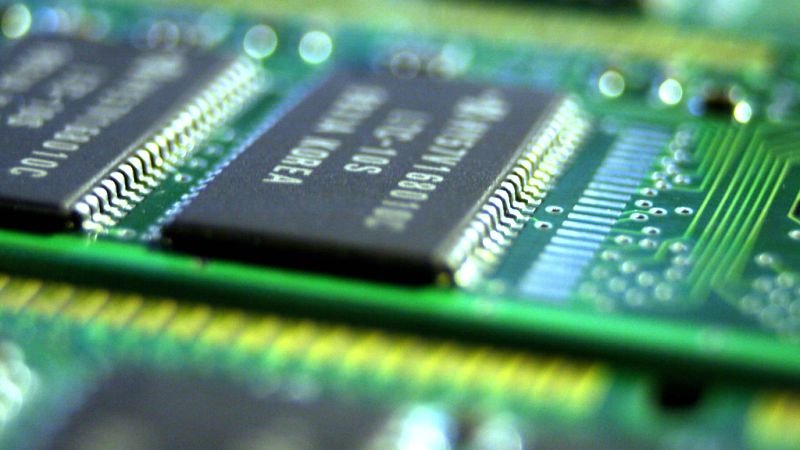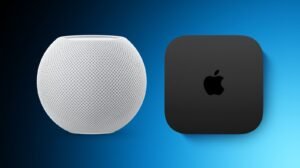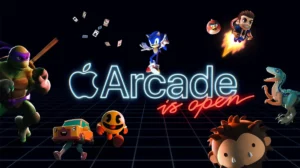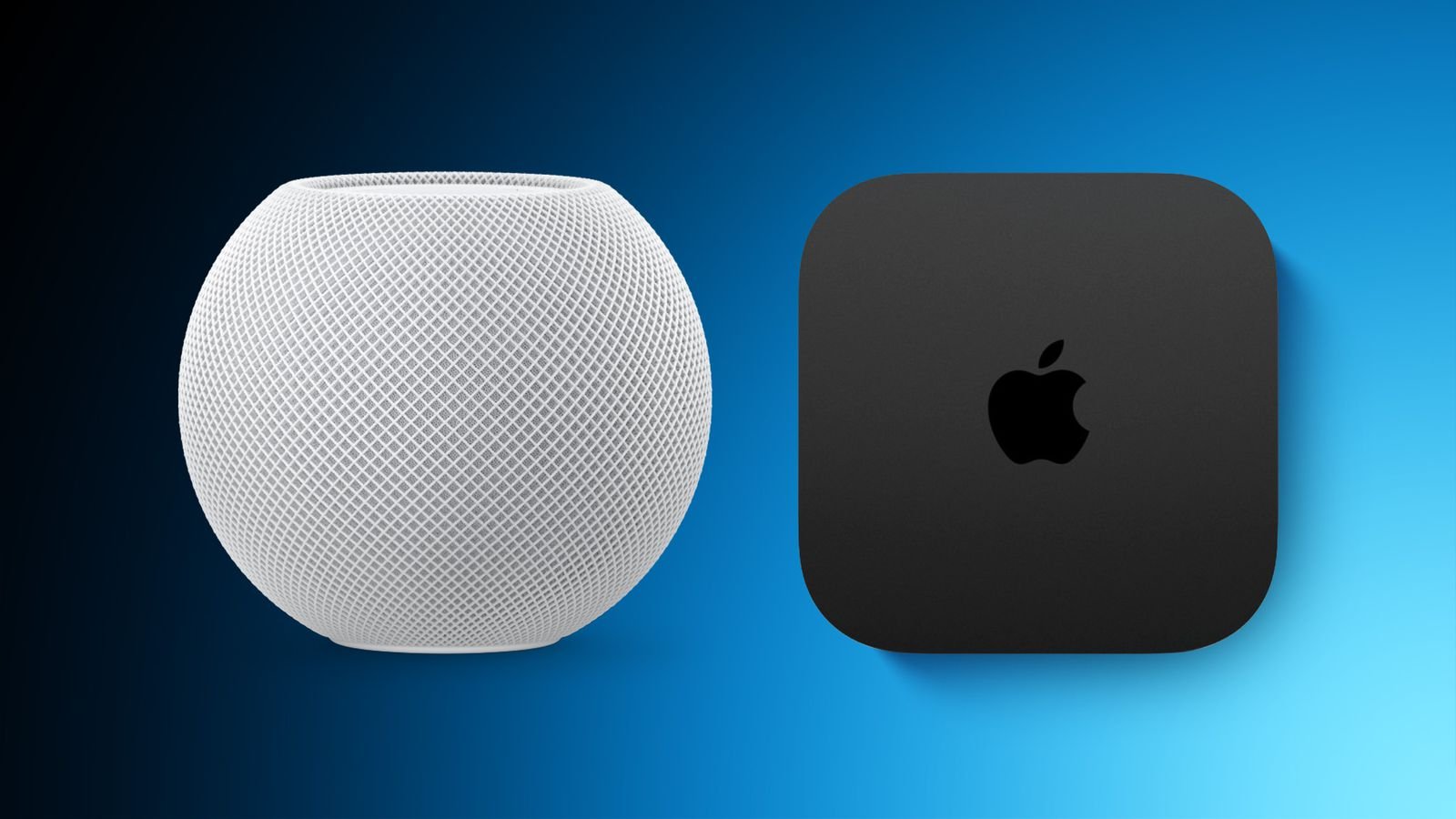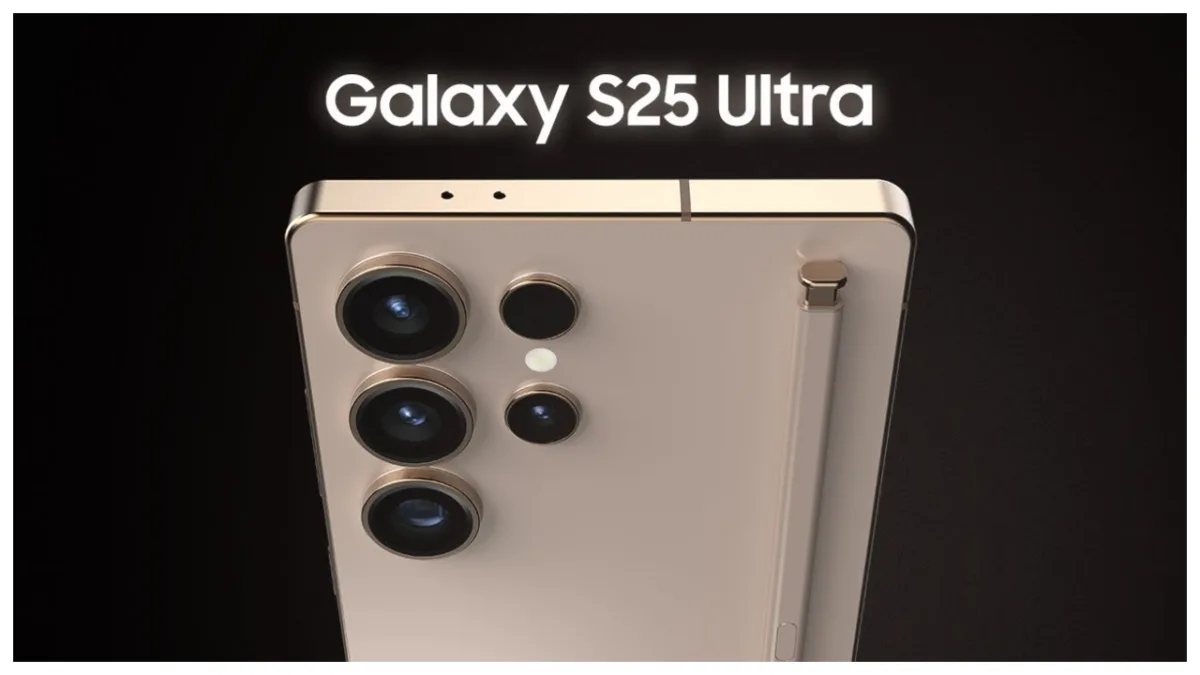We all use flash drives almost every day for transferring data or carrying it to the workplace but have you ever thought that data-filled USB flash drives weigh more than an empty flash drive? Although there is no practical proof for the same, still a theoretical explanation describes it well.
What is flash memory?
Memory is just a charge and discharge of a capacitor, charged means 1 and uncharged means 0. The computer reads this information in the binary form (0s and 1s) and translates it to the readable data that you use. This charging of the capacitor is just an energy difference, and this energy as we all know has a certain mass (E=MC²). This mass is approx 10^-18 which are negligible and is nearly impossible to weigh because today the best scale we have has a resolution of 10^-8 only; so technically we can’t tell the difference between a fully loaded flash drive and empty flash drive.
Franz Himpsel and his colleagues The University of Wisconsin-Madison fabricated a technology that uses a bunch of 20 atoms to represent as a bit memory on a silicon surface which in future will make the storage devices much smaller. IBM is also working on new storage technology known as Millipede which uses a fragile plastic sheet and punches some holes (in nanometers) on it, and this pattern of holes represent the memory bit. This technology will shrink storage chips to a trillion bits per square inch. This technology will take decades to come into existence for us.
This technology will shrink storage chips to a trillion bits per square inch and might replace portable hard drives. This technology will take decades to come into existence for us so don’t just start throwing away your portable hard drives, use them till these technologies are out. Well, who knows that one day we might be using these thumb-sized memory chips in our PC too instead of those big hard drives.

